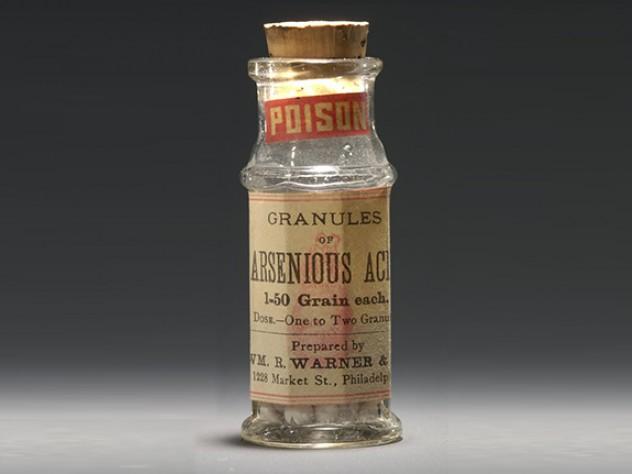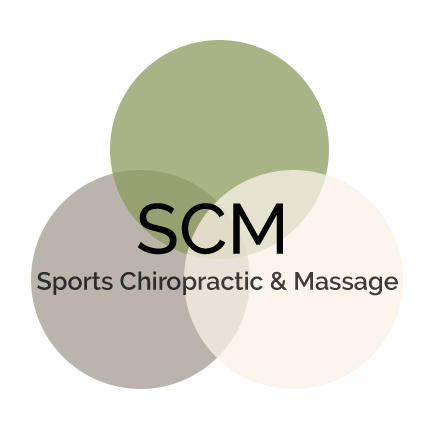Arsenic is a natural component of the earth’s crust and is widely distributed throughout the environment in the air, water and land. It is highly toxic in its inorganic form.
Long-term exposure to inorganic arsenic, mainly through drinking-water and food, can lead to chronic arsenic poisoning. Skin lesions and skin cancer are the most characteristic effects.
Arsenic Toxicity

Since arsenic is found naturally in the environment, you will be exposed to some arsenic by eating food, drinking water, or breathing air.
Mechanisms of Arsenic Exposure
People are exposed to elevated levels of inorganic arsenic through drinking contaminated water, using contaminated water in food preparation and irrigation of food crops, industrial processes, through exposure to arsenic treated woods, eating contaminated food and smoking tobacco.
Water Contamination in the US: In a national study of groundwater quality, the USGS found that arsenic was detected in nearly half of the wells sampled in parts of aquifers used for drinking-water supply at a concentration of 1 µg/L or greater. Detections were more common and concentrations generally were higher in the west than in the east. About 7 percent of the wells sampled contained arsenic at a concentration that exceeded the MCL of 10 µg/L, indicating a potential health risk. The greatest concern was in the Southwest, where concentrations of arsenic exceeded the MCL in about 16 percent of drinking-water wells sampled.
Food Contamination: Arsenic occurs naturally in a variety of foods such as fruits, vegetables, grains and fish. Most recently, low levels of arsenic have been detected in rice and juice products.
Health Effects from Arsenic
Acute Effects: The immediate symptoms of acute arsenic poisoning include vomiting, abdominal pain and diarrhoea. These are followed by numbness and tingling of the extremities, muscle cramping and death, in extreme cases.
Long-term Effects: The first symptoms of long-term exposure to high levels of inorganic arsenic (for example, through drinking-water and food) are usually observed in the skin, and include pigmentation changes, skin lesions and hard patches on the palms and soles of the feet (hyperkeratosis). These occur after a minimum exposure of approximately five years and may be a precursor to skin cancer.
In addition to skin cancer, long-term exposure to arsenic may also cause cancers of the bladder and lungs. The International Agency for Research on Cancer (IARC) has classified arsenic and arsenic compounds as carcinogenic to humans, and has also stated that arsenic in drinking-water is carcinogenic to humans.
Other adverse health effects that may be associated with long-term ingestion of inorganic arsenic include developmental effects, diabetes, pulmonary disease, and cardiovascular disease. Arsenic-induced myocardial infarction, in particular, can be a significant cause of excess mortality.
Treatment for Arsenic Exposure
The first step to treating arsenic exposure is to eliminate the source of the exposure. Clean drinking water, uncontaminated food, and clean air are a must.
No treatment of proven benefit is currently available to treat chronic arsenic toxicity. Treatment options advocated are vitamin and mineral supplements and antioxidant therapy (especially increasing glutathione levels). The benefits of these treatment measures need to be evidence based to receive endorsement and wider application.
Read about other common environmental exposures.





















